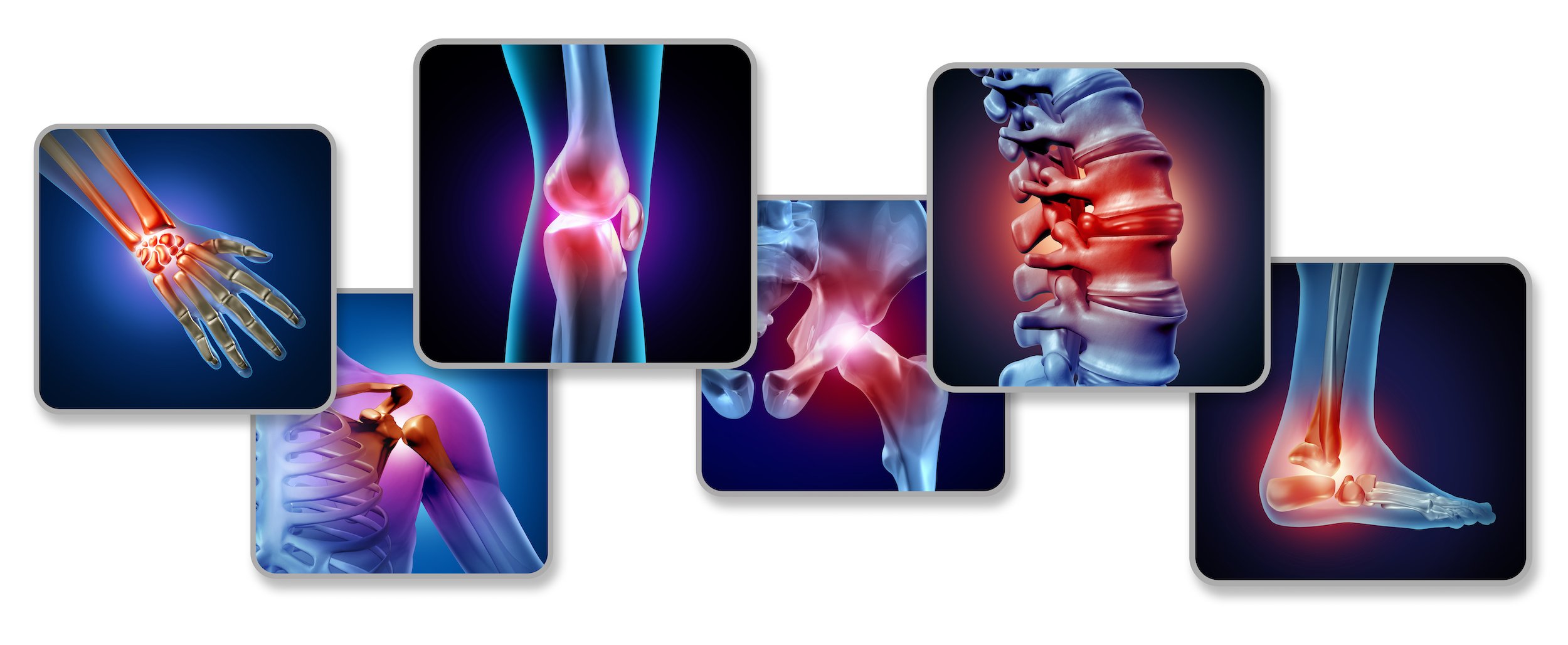The Damaging Effects of Cortisone Injections on Joint Health
Cortisone injections have long been used as a popular treatment option for managing joint pain and inflammation. However, recent research suggests that while these injections may provide temporary relief, they can have damaging effects on the long-term health of joints. In this blog post, we will explore the potential risks and drawbacks associated with cortisone injections and discuss alternative approaches for joint care.
1. Accelerated Joint Degeneration:
One of the most significant concerns regarding cortisone injections is their potential to accelerate joint degeneration. Cortisone, a powerful anti-inflammatory steroid, suppresses the immune response and reduces inflammation. However, it also inhibits the production of collagen, a vital component of healthy joint tissue. Over time, this can lead to weakened cartilage, increased joint instability, and a higher risk of osteoarthritis.
2. Masking Underlying Issues:
Cortisone injections provide temporary pain relief by numbing the affected area. While this can be beneficial for immediate symptom management, it can also mask underlying joint problems. By suppressing pain signals, patients may inadvertently continue engaging in activities that worsen the joint condition, leading to further damage and complications.
3. Weakening of Ligaments and Tendons:
Cortisone injections have been shown to weaken ligaments and tendons surrounding the injected joint. This can increase the risk of tendon ruptures and ligament injuries. Furthermore, the suppression of the immune response can hinder the body's natural healing processes, delaying tissue repair and potentially leading to chronic issues.
4. Infection and Adverse Reactions:
As with any invasive procedure, cortisone injections carry the risk of infection. Although rare, an infection can have severe consequences for joint health and overall well-being. Additionally, some individuals may experience adverse reactions to the injection, such as allergic reactions or changes in blood sugar levels, particularly for those with diabetes.
Exploring Alternatives
1. Physical Therapy and Exercise:
Physical therapy and targeted exercise programs can help strengthen muscles, improve joint stability, and reduce pain. These non-invasive approaches focus on restoring joint function and promoting overall joint health.
2. Lifestyle Modifications:
Maintaining a healthy weight, adopting proper body mechanics, and avoiding excessive joint stress can significantly reduce joint pain and inflammation. Making lifestyle modifications, such as a balanced diet and regular exercise, can support joint health and overall well-being.
3. Regenerative Medicine:
Regenerative medicine approaches like prolotheray and Class IV Laser Therapy are gaining popularity as alternatives to cortisone injections. These treatments utilize the body's natural healing processes to promote tissue repair and reduce inflammation.
While cortisone injections may provide short-term relief for joint pain, the potential long-term damage they can cause to joint health is a matter of concern. By understanding the risks associated with cortisone injections and exploring alternative approaches, individuals can make informed decisions about managing joint pain and preserving joint health for the future. It is essential to consult with healthcare professionals to determine the most suitable treatment options based on individual circumstances and needs.


